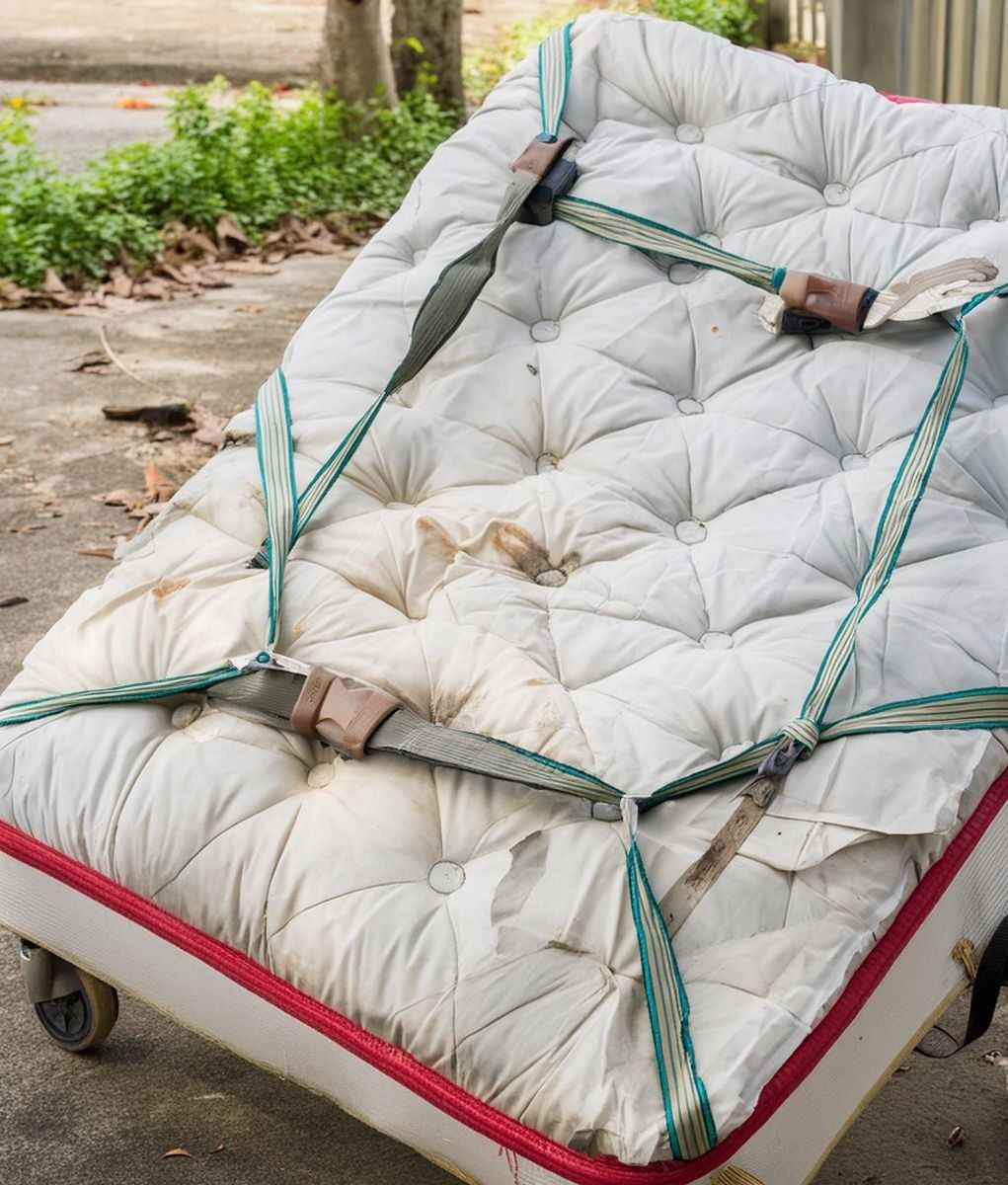ADVERTISEMENT
### **Understanding the Customer’s Concern**
The first step in handling a situation like this is to understand the concern from the customer’s perspective. When a customer claims there is mold on a mattress, their concern is not only the physical discomfort that could come from sleeping on a moldy surface but also the potential health risks associated with mold exposure. Mold can cause respiratory issues, allergies, and other health complications. This claim is serious, and regardless of whether it is valid, it must be treated with care.
The customer’s desire for a refund is likely driven by their perception that they’ve been sold a defective or unsanitary product. In their view, mold is unacceptable, and they may believe that the product was contaminated before it reached them. It’s crucial to recognize that this is a potential threat to your reputation as a seller, so addressing it quickly and professionally is essential.
—
### **The Importance of Assessing the Alleged Mold**
Before jumping to conclusions, it’s important to assess whether the substance the customer refers to is, indeed, mold. The customer may be mistaken, or there could be another explanation for the appearance of the mattress. Here are some common causes of mistaken mold identification:
1. **Dampness**: Mattresses, particularly those made of memory foam or similar materials, can sometimes develop water spots or damp patches due to improper storage, humidity, or transport conditions. These patches can appear to be mold when they’re simply areas of moisture that haven’t dried out properly.
2. **Dust Mites**: Dust mites are a common problem in mattresses. Though not mold, they can sometimes appear as dark, grainy spots. If the mattress is kept in a humid environment, dust mites can thrive, causing the buyer to misinterpret the situation.
3. **Stains from Spills**: Spills of liquids like drinks or sweat can create stains on the mattress. These stains can sometimes resemble mold, especially if they are allowed to fester for an extended period.
4. **Fabric Wear or Damage**: The cover of the mattress may have suffered damage, resulting in discoloration or stains that the customer might mistake for mold.
To address the claim properly, it’s critical that you or a representative inspect the mattress closely. Mold has a distinct appearance, often characterized by fuzzy or powdery spots in green, black, or white colors. Additionally, mold often has a musty odor. It’s important to confirm whether this is what the customer is experiencing, or if the issue is due to one of the other causes mentioned above.
—
### **Assessing the Mattress: What to Look For**
If the mattress is returned to you for inspection, take a systematic approach to determine whether the substance is mold or another type of stain. Here are the steps you should follow when inspecting a mattress for mold:
1. **Visual Inspection**:
– Look for irregular, fuzzy spots in dark green, black, or white hues. Mold typically forms in patches or blotches. If the spots are irregular and not uniformly distributed, it may be mold.
– Pay close attention to the seams, corners, and areas where moisture can accumulate.
2. **Smell Test**:
– Mold has a distinctive musty smell. If the mattress has a strong, unpleasant odor that reminds you of a damp, musty cellar, it could be mold.
– If the mattress simply smells of dust or stale air, it is less likely that mold is present.
For Complete Cooking STEPS Please Head On Over To Next Page Or Open button (>) and don’t forget to SHARE with your Facebook friends
